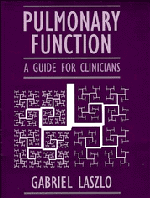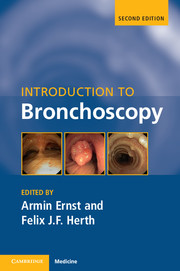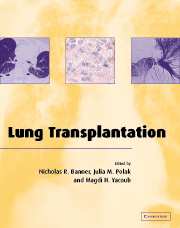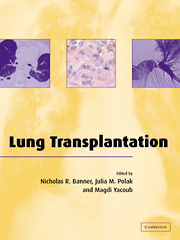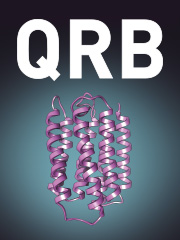Pulmonary Function
Lung function tests are a vital tool in the clinical evaluation of patients admitted to the respiratory unit. Their use requires rigorous application of theoretical and practical knowledge, to know which tests to apply, how to interpret the results, and how to recognise the limitations of the models and assessments used. This book gives a coherent and detailed guide to the reporting of lung function tests. Beginning with an introduction to the range of tests available, it then offers clear explanation of the physiological and mechanical concepts which form the basis of the tests and their interpretation. The remainder of the book then describes the application of tests in the clinical situation, in the investigation of lung disease and its progression. This book is a clear and comprehensive guide to lung function testing and will be invaluable to clinicians entering the field of respiratory medicine and to all scientific staff working in a respiratory function laboratory or respiratory department.
- A coherent and comprehensive guide to lung function testing
- Describes the basic physiological concepts and their application to the clinical situation
- A clear, explanatory, practical handbook for pulmonary clinicians, trainees and scientists working in a respiratory function laboratory
Reviews & endorsements
"...a sound text dealing with pulmonary physiology as it relates to clinical medicine." Edward R. Garrity, Jr., Doody's Journal
"This basic text of clinical respiratory physiology is a 'must read' for all upper-level students of pulmonary disease. It is an exceptionally well-written work that concisely bridges the gap between basic physiology and clinical disease, with an emphasis on those principles most applicable to clinical physiologic testing....well-organized....each chapter reads well independently and can serve as a ready reference....all subjects are extraordinarily well-referenced, with proper attention paid to both the classic and current citations....highly recommended for pulmonary physicians, graduate level physiologists, advanced respiratory therapists, and those with a special interest in pulmonary physiology." Robert S. Crausmann and Charles G. Irvin, Respiratory Care
"...praiseworthy is the care with which the early classic references are documented for each major topic. Some arguments, particularly those related to abnormal arterial blood gas tensions, are developed clearly and quantitatively, using a common sense approach that is as unusual as it is appealing." P. Lynne-Davies, Chest
"I would happily refer medical students and house staff to the early chapters on mechanics and gas exchange....The final chapters cover exercise physiology and some quite complex techniques for studying ventilation-perfusion relations and gas exchange of interest to specialists in pulmonary medicine....I expect that this section of the book will be a valuable reference." Karen Welty-Wolf, British Medical Journal
Product details
April 1994Hardback
9780521430500
259 pages
253 × 191 × 19 mm
0.648kg
111 b/w illus. 29 tables
Unavailable - out of print April 1999
Table of Contents
- 1. Introduction: tests of lung function, how and why they are measured, how they are interpreted
- 2. Testing the mechanics of breathing
- 3. Gas exchange
- 4. Gas transfer
- 5. Carbon monoxide uptake
- 6. Chronic airflow obstruction
- 7. Bronchial asthma
- 8. Diffuse interstitial lung disorders
- 9. Miscellaneous conditions causing breathlessness
- 10. Physiological principles underlying the treatment of respiratory failure
- 11. Acute breathlessness
- 12. Breathlessness during exertion
- 13. Exercise testing
- 14. Experimental techniques in the study of respiratory control and pulmonary gas exchange
- 15. Respiration during sleep.

